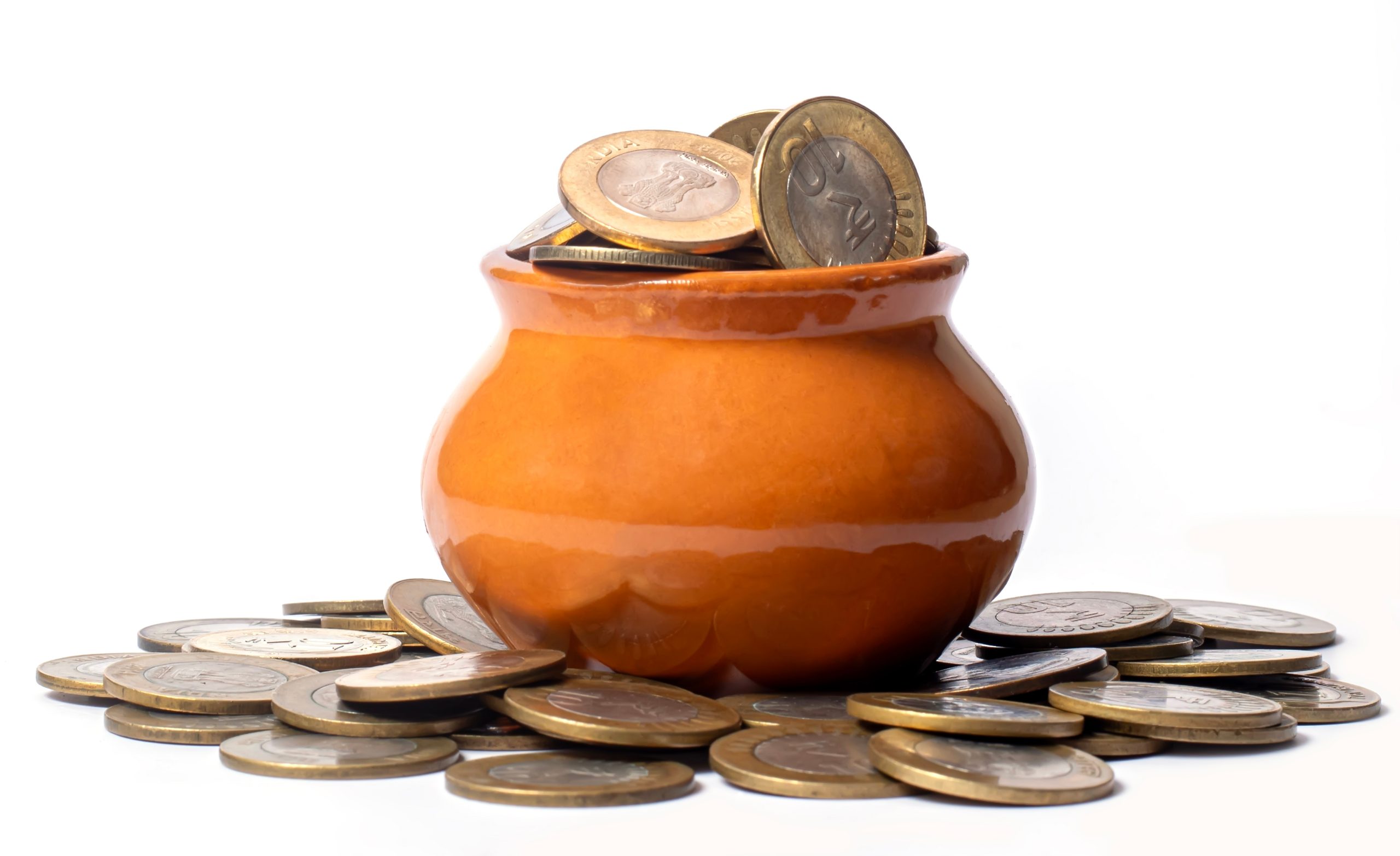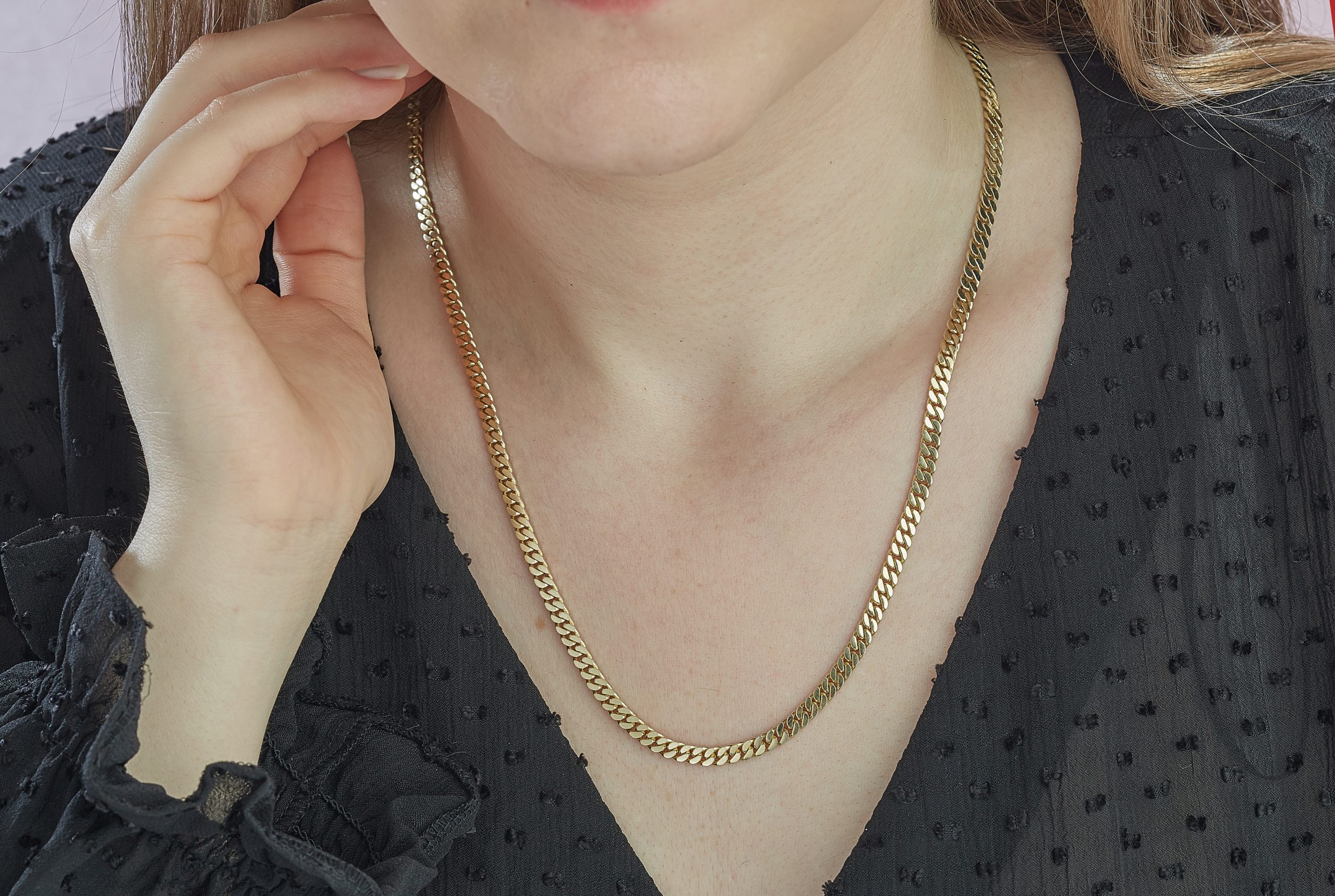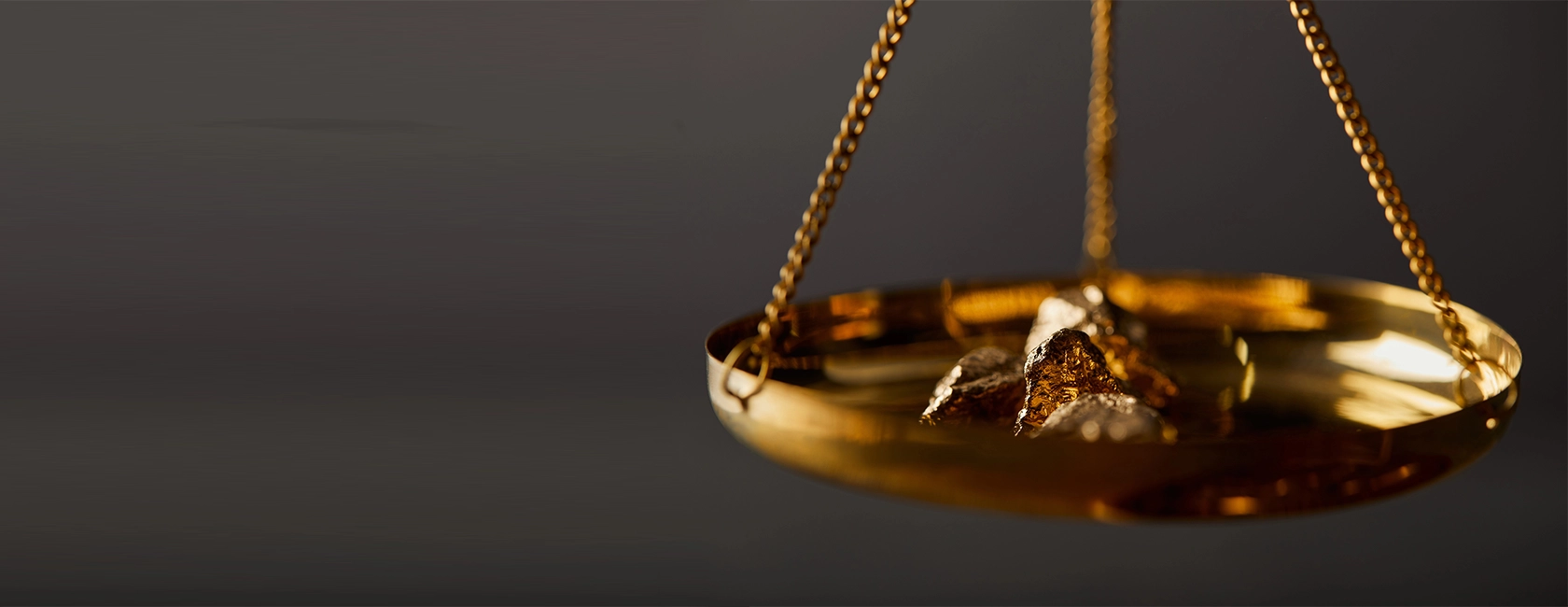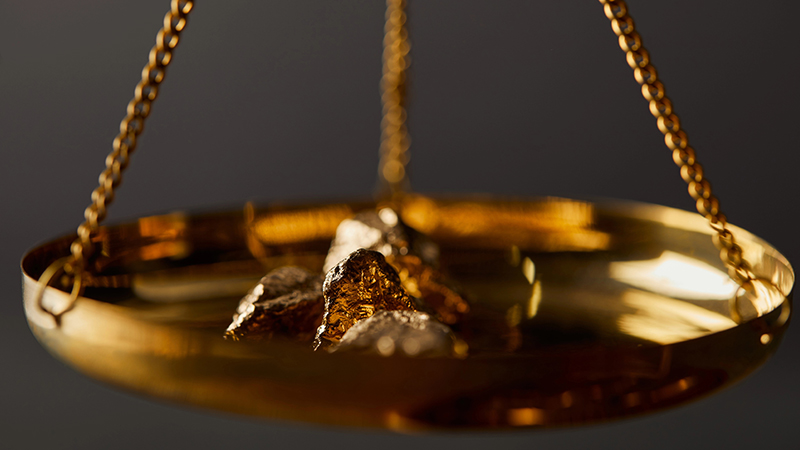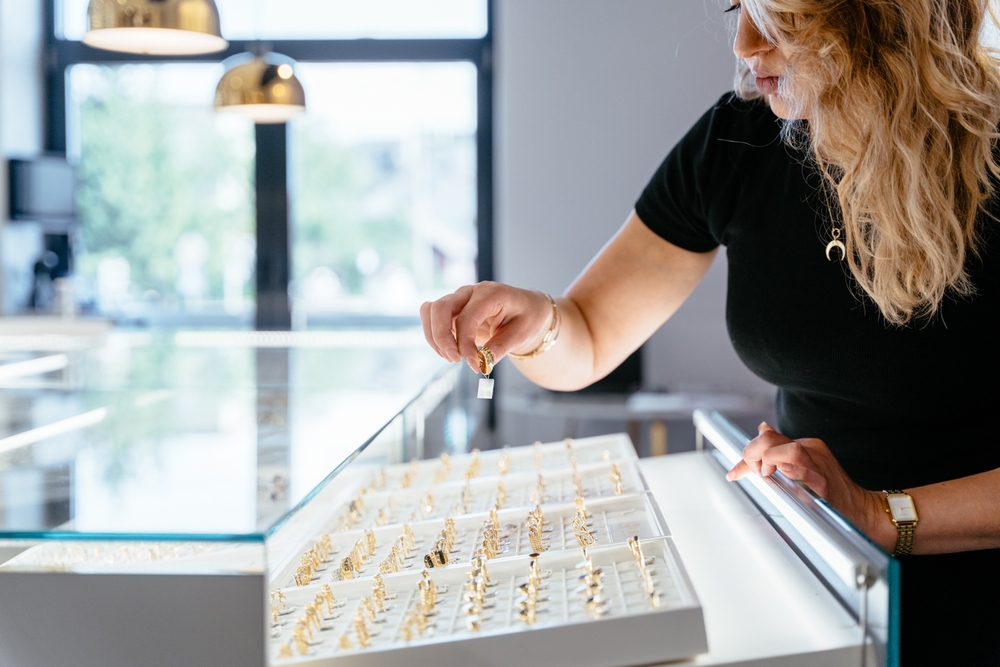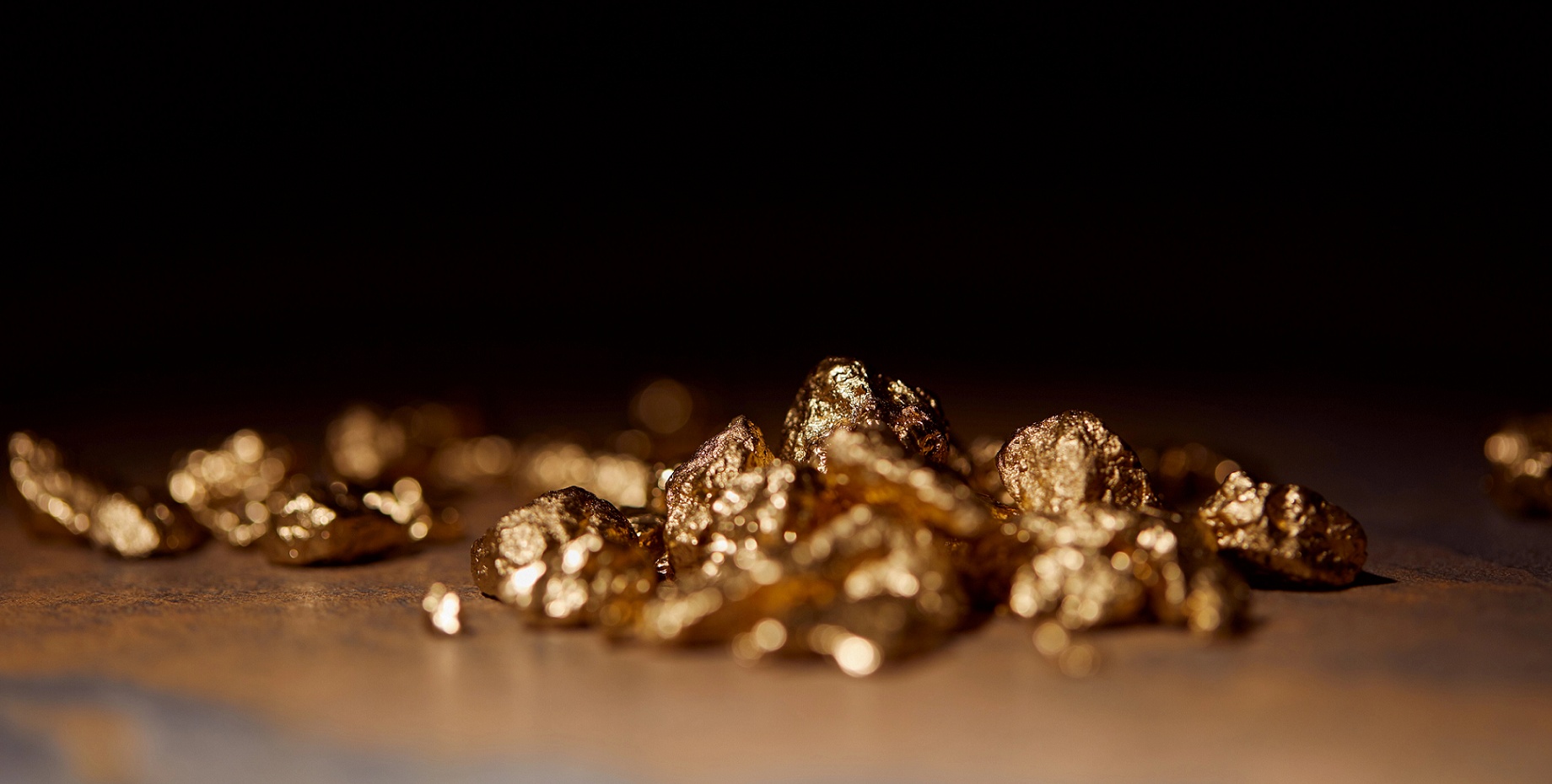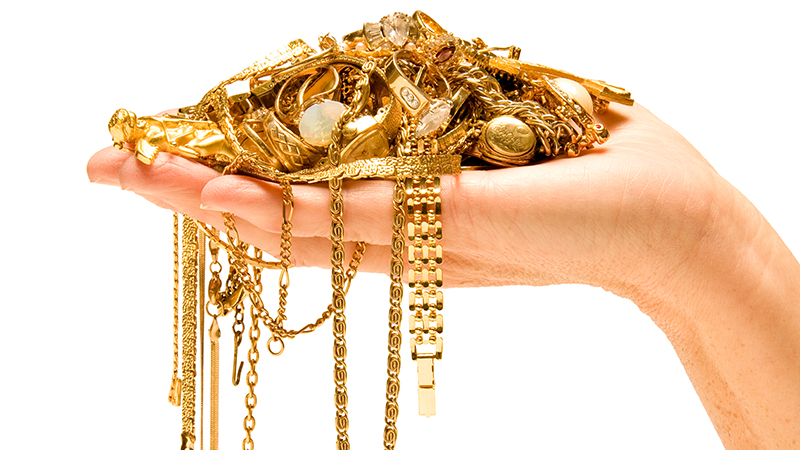What Is a Karat and Why Does It Matter?
Gold purity is measured in karats, and this small detail can greatly impact your payout. In simple terms, a karat indicates how much pure gold is present in a piece of jewelry. For example, 24-karat gold is pure gold, while 18-karat gold contains 75% gold and 25% other metals. Therefore, understanding karats is essential before selling.
In other words, the higher the karat number, the more gold content your item holds. This affects the value directly. Most importantly, when you bring in gold for appraisal, the karat rating is one of the first things evaluated. Even if two rings look identical, their payouts can differ drastically based on karat purity alone.
How Different Karat Levels Translate to Value
Different karat levels come with different payouts, and that’s because the gold content varies. For instance, 10-karat gold contains just 41.7% gold, making it less valuable than 14-karat or 18-karat pieces. Consequently, a 14-karat necklace will earn more than a 10-karat one of equal weight.
To clarify, each karat level affects the market rate calculation. So, while weight is important, purity drives the real return. Likewise, two items with the same weight can give very different payouts based on karat rating. Understanding this difference ensures you don’t undersell your gold by mistake.
Testing Karats: How Experts Determine Purity
Gold buyers rely on testing methods to determine the karat of your gold. Most importantly, these tests ensure accuracy before making an offer. For instance, acid tests or X-ray fluorescence analyzers are used to examine the metal composition. As a result, you get a payout that truly reflects your item’s value.
That is to say, knowing your item’s karat in advance can help you feel more confident during the process. Furthermore, professional buyers will explain the testing results clearly. Above all, they should offer transparency, so you understand how your payout was calculated.
Why Higher Karats Don’t Always Mean Higher Payouts
While higher karats contain more gold, that doesn’t always mean you’ll walk away with more cash. For example, 24-karat gold is pure, but it’s also soft and less common in everyday jewelry. Therefore, buyers see more 10K, 14K, and 18K items.
Moreover, the resale market for certain karat levels can affect the payout. For instance, some buyers pay a premium for 14K due to higher demand. In addition, factors like condition, style, and weight influence the final offer. To sum up, karat is important, but it’s just one part of the equation.
Tips to Maximize Your Gold Payout
Firstly, separate your gold by karat before bringing it in. Secondly, weigh each group to estimate its potential value. For example, knowing you have 18K vs. 10K helps set expectations. In addition, get familiar with the current gold market rate.
Most importantly, work with a reputable gold buyer who explains the process clearly. Likewise, don’t rush the decision—compare offers if needed. Above all, understanding the role of karats prepares you to get the most from every item you sell.
FAQs
What does 24K gold mean?
It means the item is made of 100% pure gold with no other metals mixed in.
How can I find out the karat of my gold?
You can check for a stamp on the item or have it tested by a gold buyer.
Is 14K gold better than 10K?
Yes, because it contains more pure gold and is generally worth more.
Can I mix karat types when selling?
You can, but it’s better to separate them for accurate valuation.
Do gold buyers pay more for higher karats?
Usually, yes. But market demand and other factors also play a role.

